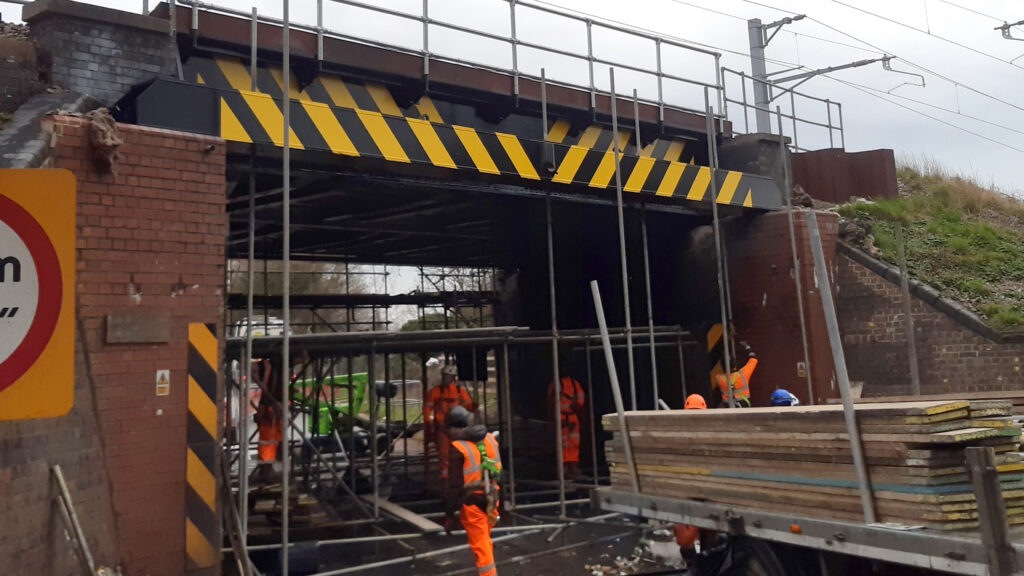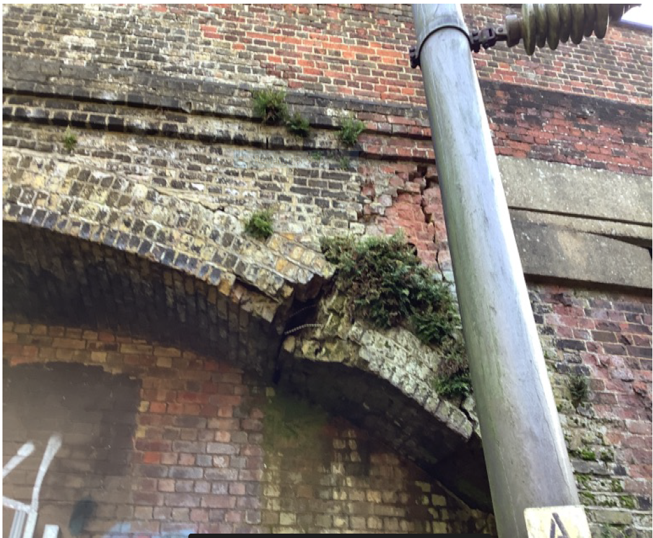Colin Wheeler
In the last edition of RailStaff I expressed disappointment at the lack of reportable progress following the exchange of correspondence on this issue of structures examinations between the chief executives of the Office of Rail and Road (ORR) and Network Rail. I am pleased that progress has now been confirmed.
Network Rail has advised that the agreed standard calls for six-yearly detailed examinations and an annual visual check for developing problems. I understand the process is for the examiner’s report to be submitted to Network Rail and for their engineer to review the report and make recommendations, which are then reviewed by an examining engineer.
Overdue examinations to be reduced
Network Rail kindly supplied me with more details. The process of examination and inspection is carried out in two parts. An examiner visits the site and inspects to evaluate the condition of the structure; a bridge, retaining wall, culvert, tunnel, or tunnel shafts etc. Examiners are typically looking to see where there has been deterioration and to form an opinion about defects which may lead to repairs being needed.

Each report is then reviewed by an asset engineer who decides about repair or renewal and when work needs to be done. Doubtless, budget restrictions will result in a need to prioritise the urgency of repairs, and this will influence what work is deferred to a later date. This will always be the case.
Substantial recovery in 2024/25
Network Rail has fallen well behind with these inspections, raising the concerns of the ORR. The degree to which it has fallen behind varies between the Network Rail regions. I have been advised that overdue examinations have been reduced from 11% to just 3%. Sounds good, but there are approximately 30,000 bridge structures to examine, plus many other structures, so the quoted percentages equate to 3,300 overdue bridge examinations being reduced to 900. Add in tunnel shafts and other structures and there remains a significant number of overdue examinations.
By the end of the 2024/25 fiscal year Network Rail plans to achieve “a substantial backlog recovery in both detailed and visual examinations”. They aim to be compliant by the second year of Control Period 7. Presumably, many structures will need additional inspections to confirm their ability to wait for deferred repairs.
More examiners and engineers

I asked if more trained examiners and engineers were needed. I was advised that the Network Rail regions are looking to employ more examiners to deal with the backlog. In 2021/2022 the regions introduced “new delivery arrangements”. They are “focussing on growing the size of their teams to be better able to handle examinations”. Many regions decided back in 2021/22 to increase the number of suppliers of examination services and this will contribute to the reduction of the backlog.
Regions including the North West, Central, and Eastern need to manage a larger number of examinations which are delivered “in house”. Training academies for examiners have been established and these regions are “developing a pipeline of individuals who are trained and competent”. Overall, there is an ongoing increase in examiners.
Professional engineering competences
Experiences with the imposition of speed and axle weight restrictions (but only rarely line closures) led me to ask who within the Network Rail organisation has these responsibilities.
I was told that accountability for this decision making (and hence liability) lies with “the structures management team”. Also, to be used as is necessary, there are standard procedures set out in detail in Network Rail’s standard for Buildings and Civils Infrastructure which includes a specific subsection titled ‘Competence Management for Structures’. Where external suppliers of professionally competent people are used, their employers are required to ensure they have valid professional indemnity competence insurance.
Image credit: Network Rail

